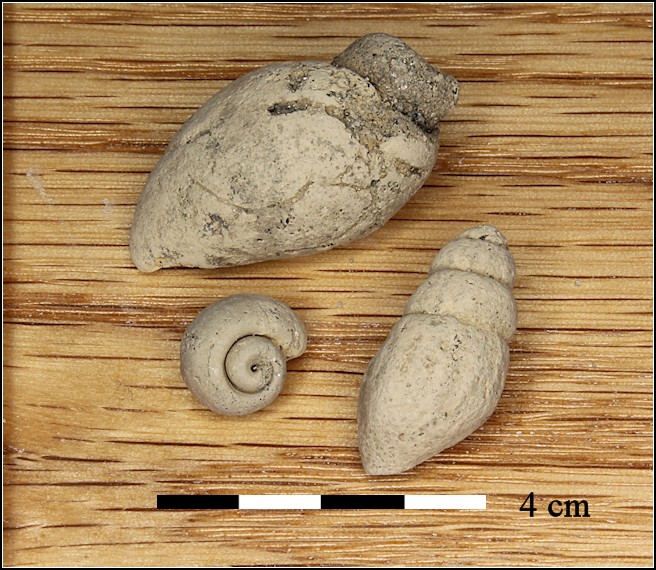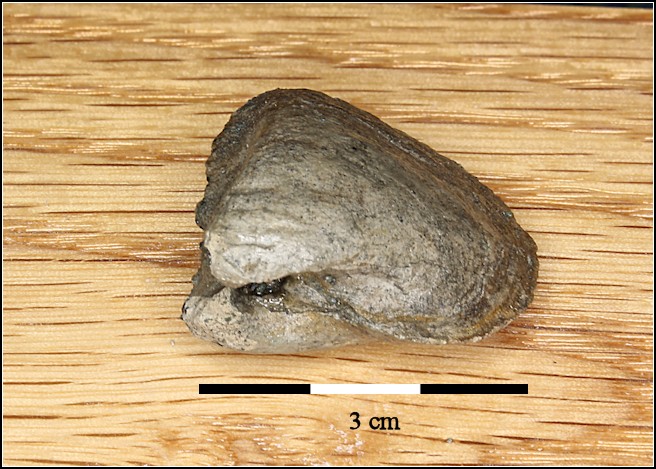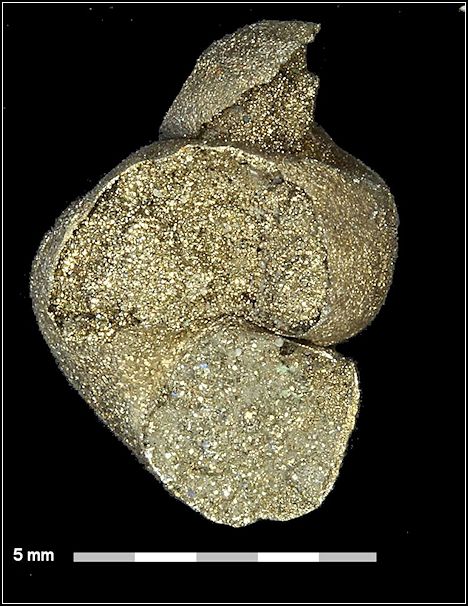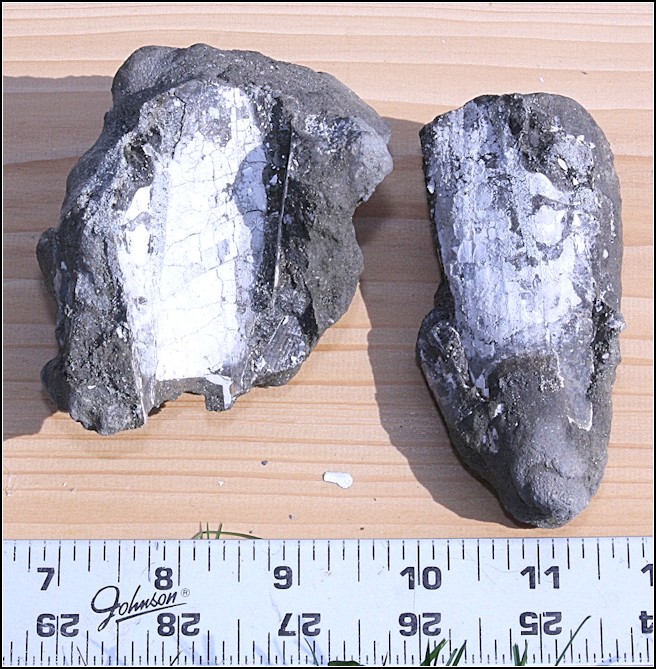|
Gastropods and Clams
Aragonite Dissolution
Mollusk shells are made of calcium carbonate in the mineral form
of calcite or aragonite. The greater majority of mollusk shells are composed of aragonite
which is fairly unstable and commonly dissolves away when exposed to
acidic ground water. In New Jersey most of the formations are permeable
allowing the penetration of acidic ground water, as a result the aragonite shell material
has dissolved leaving just casts or molds called steinkerns. The calcite
based mollusks, such as oysters and brachiopods being more resistant to
dissolution have fared better and can be found as original shell
material. In southern New Jersey we find a few locations where the
tightly packed clay has impeded the groundwater and the original
aragonite shell material has been preserved.
Iíve created this webpage to hopefully provide some basic insight
into the fossilization process of the New Jersey mollusks. Iíve included
a limited number of examples from my collection and provided references
at the end of the page.

An assortment of gastropod steinkerns.
The
aragonite shell has been completely
dissolved leaving just an internal mold.
In most fossil bearing locations in New Jersey the aragonite based shell
material is gone, the resulting steinkerns
are often too soft to survive much tumbling in the streams.
Wenonah Formation
Monmouth County, NJ
Cretaceous

Clam Steinkern
The topic of fossil preservation is complex and still open to debate in
some areas. I've only touched
on one very small part in an effort to give a simplistic explanation
for why we find only a few types
of mollusks with original shell material in most of New Jersey.

A few areas in southern New Jersey do produce original shell material.
Most of these shells are
either small or very fragile and require a good deal of patience to
collect and prep.
Hexagonal platelets of aragonite give mother of pearl it's iridescence.
Examples of original aragonite shell material (5 mm)
Woodbury Formation
Cretaceous
I've added a couple of additional types of preservation.

Pyrite
Pyrite shows up in most of New Jersey, it's just not very common.

Pinna shell in a concretion.
Concretions form as sediment grains are cemented around some nucleus.
Some of the
New Jersey streams are littered with concretions but few contain
fossils.
|